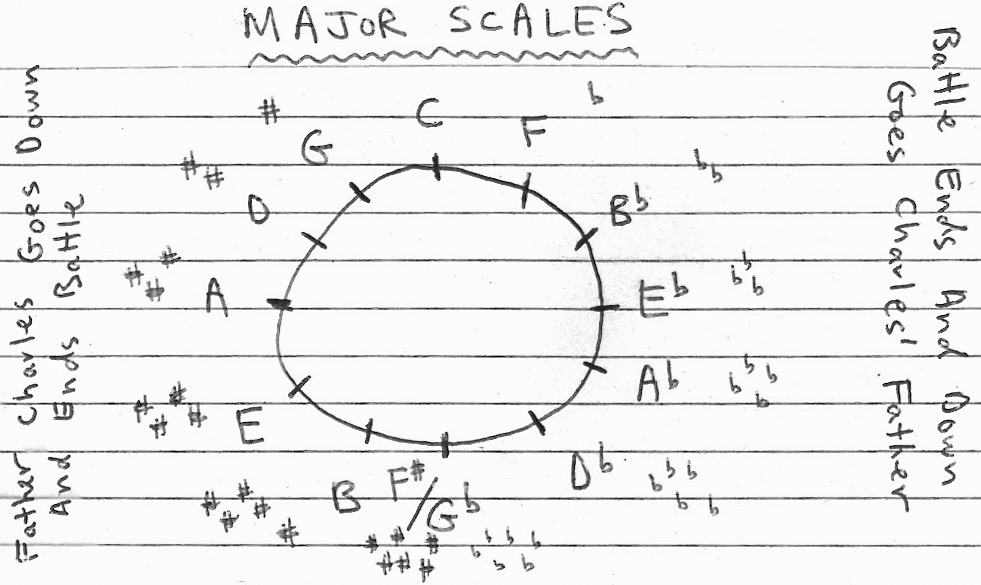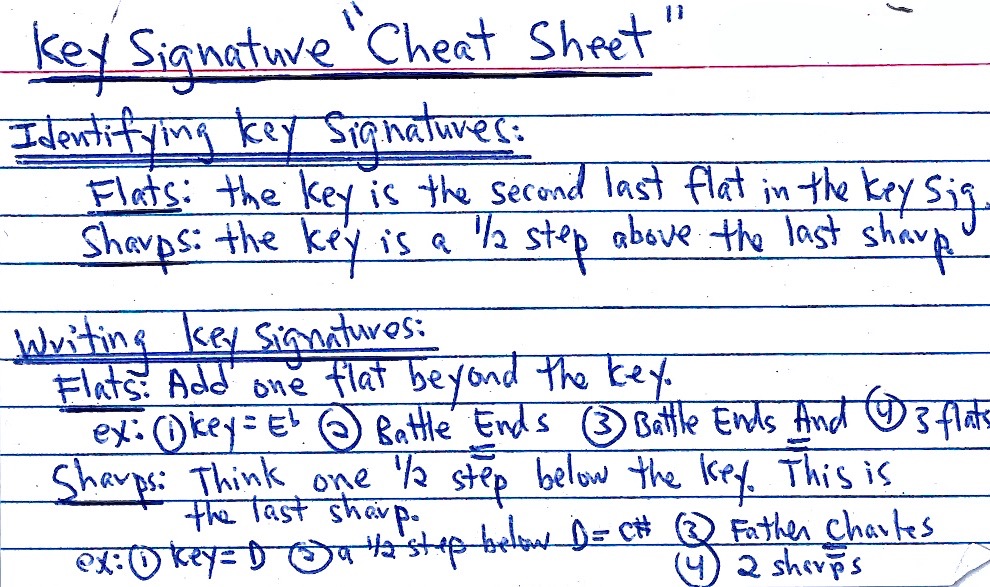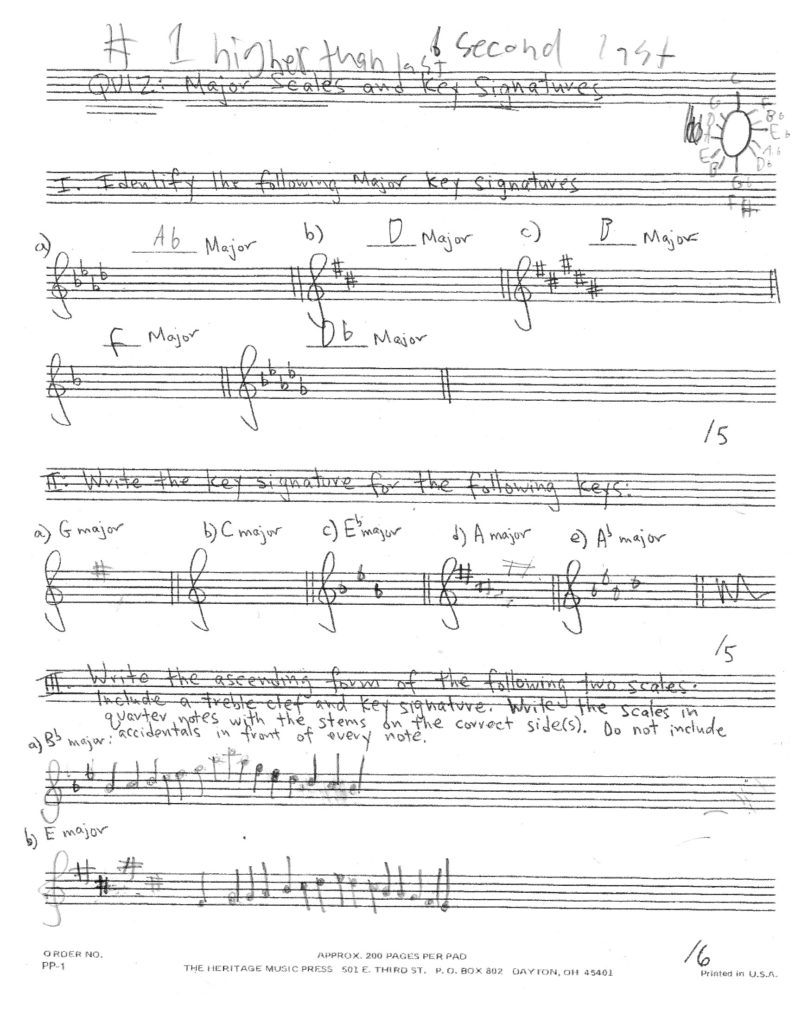How do you get a kid to do something for which they have limited interest? Sometimes it’s just a matter of finding the right incentive. This summer, I wanted my 13-year old son to learn the twelve major scales on his instrument. (Knowing scales is foundational for all music making, but especially for jazz. One can’t discuss chords without knowing scales.)
A new skateboard — the ultimate incentive!
As you can imagine, this wasn’t too appealing for him. If he had his way, he’d live at a skateboard park during the summer months, learning to “kick-flip”, “ollie” and “treflip.” Scales weren’t a priority for him at all. But in this case, I retained the upper hand. I knew he had is eye on a new skateboard deck, so… I made him a deal. As soon as he could play the scales on his trumpet, and identify & write their key signatures, the deck would be his. He agreed, with the added condition that I included a sheet of grip tape. We shook on it.
It took him one month.
Here’s a clip of him doing what he loves most:
So how did we do it? For starters, I gave him the following two flash cards to review.
Order of Sharps and Flats:
The first one shows the order of flats and sharps and gives little “sayings” to memorize. To remember the order of flats I had him recite: “Battle Ends And Down Goes Charles’ Father”; and for sharps: “Father Charles Goes Down And Ends Battle.”
We focused on just the right half of the circle first, working with flats. After learning C scale, we progressed to F, and then added Bb after a couple of days, etc. Each day, we spent about an equal amount of time on review as we did adding new keys. Once flat keys were learned, we moved over to sharps on the left half of the circle. Again we started with C, but then went on to G and then D, etc.
In addition to playing the scales, I had him identifying written key signatures and write key signatures. I let him use the following cheat sheet, and didn’t mix flat and sharp keys until the end. As with playing scales, we focused on flat keys first and then progressed to sharps.
Identifying and Writing Key Signatures
At several points I gave him written quizzes, to measure his progress. Here’s his final test, which along with playing his scales earned him a new skateboard deck, complete with grip tape!
I’m very proud of him for this accomplishment. Sometimes finding the right incentive can work wonders.



